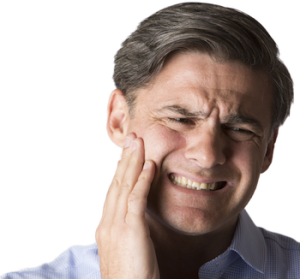Temporomandibular Joint Disorders (TMD)
Are you one of the 15 percent of Americans who deal with chronic facial pain? If so, this pain might be coming from your temporomandibular joints (TMJ). These are the joints responsible for chewing and speaking, which means they are definitely important! If you’ve already been diagnosed with a Temporomandibular Disorder (TMD), then you are no stranger to jaw and facial pain.
When suffering from a poorly aligned bite or missing teeth, health related problems such as facial or jaw pain could become more pronounced. This occurs because the jaw muscles are working harder to bring the teeth together. And, as a result, it strains the surrounding jaw muscles. If you are experiencing any of these symptoms, you may be suffering from a TMJ disorder, which is a painful condition that is often mistaken for those recurring headaches and jaw pain you might often experience.

